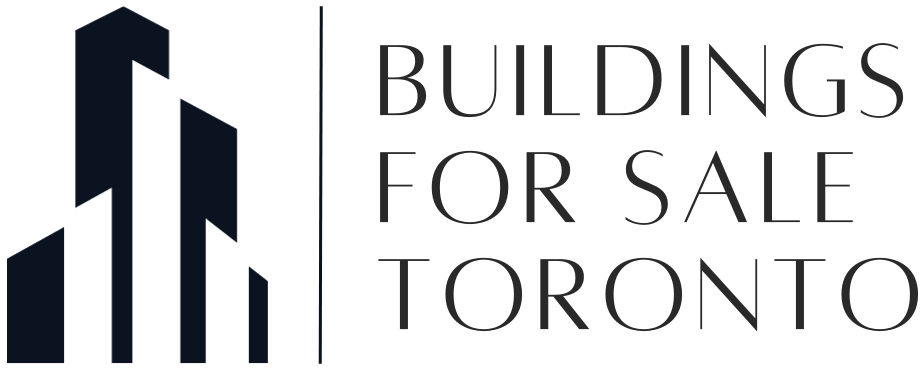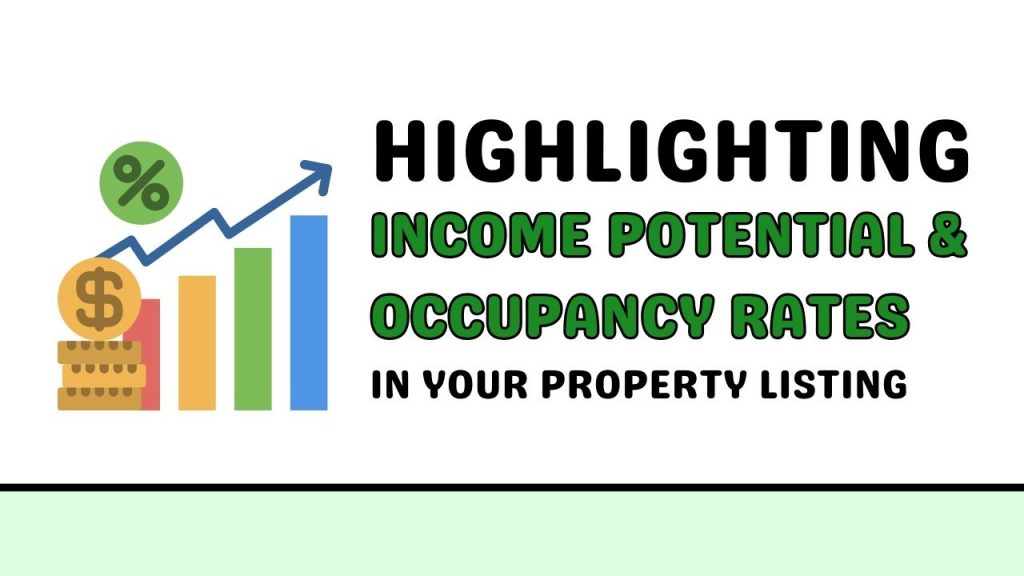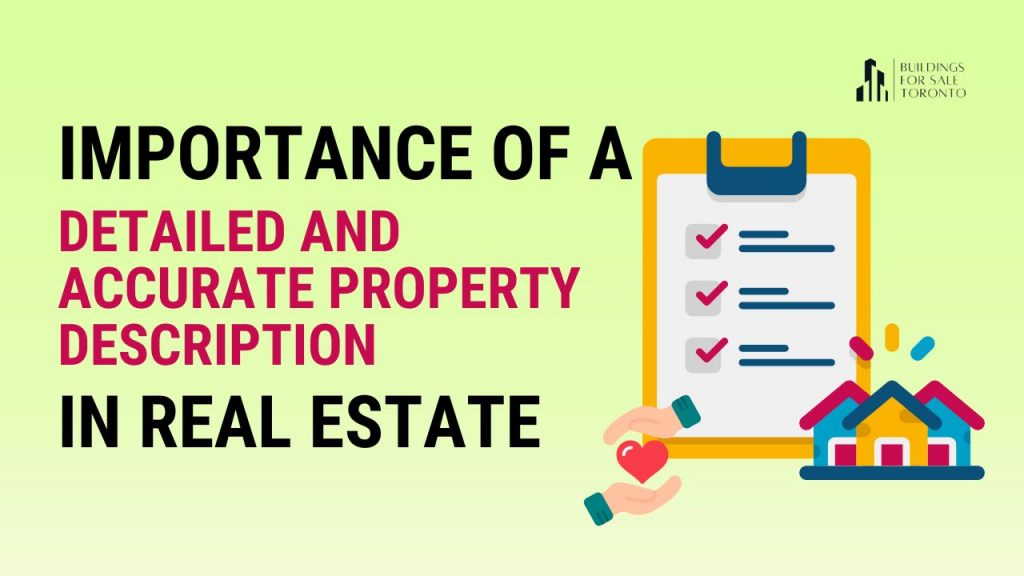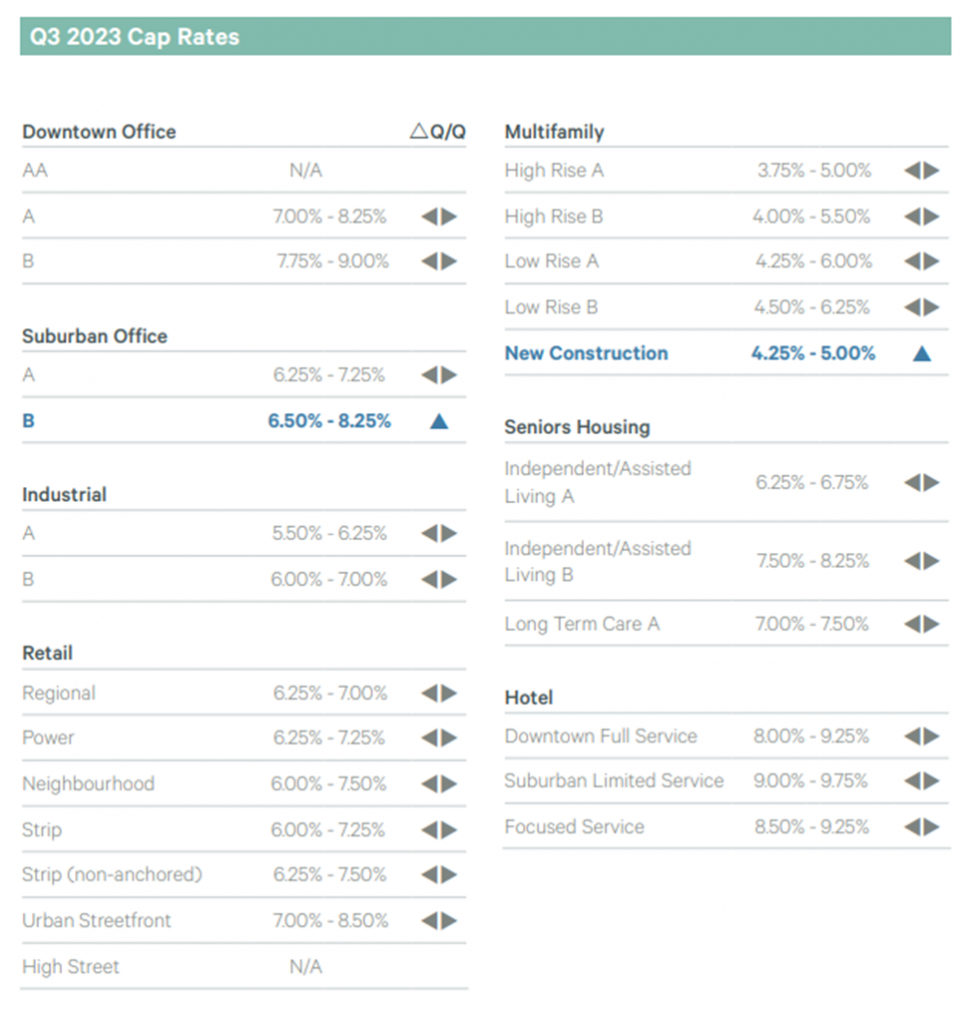Understanding the Canadian Federal Budget 2024: Key Impacts on Real Estate Investors Planning to Sell
Real estate investors face a constantly evolving fiscal landscape, and the Canadian Federal Budget 2024 introduces several changes that could significantly influence your investment strategy, especially if you’re considering selling your property. This blog post explores the critical aspects of the new budget and provides actionable insights to help you navigate these changes effectively.
Increased Capital Gains Tax: One of the standout changes in the 2024 budget is the adjustment to the capital gains tax. The government proposes increasing the capital gains inclusion rate for gains exceeding $250,000 from half to two-thirds. This change means that a more significant portion of your profit will be taxable if you sell a property and the gains exceed this threshold. This measure is crucial for investors holding properties that have appreciated significantly.
- What This Means for You: If you plan to sell a high-value property, you might face higher taxes on your gains. Strategic planning with a tax advisor to understand the exact impact based on your property’s appreciation and potential deductions or exemptions is advisable.
Enhanced Lifetime Capital Gains Exemption: On a positive note, the budget introduces an increase in the Lifetime Capital Gains Exemption to $1.25 million for dispositions of qualified small business corporation shares and specific real properties. This enhancement is a boon for investors as it allows for more significant gains to be exempt from taxes, potentially offsetting the impact of increased capital gains rates.
- Strategic Advantage: This change allows you to shield more of your profits from taxes, especially if your real estate activities qualify under the new exemption rules. Whether your properties meet these criteria can significantly reduce your tax liabilities upon sale.
New Housing Market Incentives: The budget also aims to invigorate the housing market by introducing incentives for constructing rental housing. This includes low-cost financing options and support for new developments, which can be particularly beneficial if you want to expand or improve your rental properties before a sale.
- Opportunity to Enhance Property Value: Leveraging these new financing incentives could enhance the appeal and value of your rental properties, making them more attractive to buyers and potentially increasing the sale price.
Conclusion: The Canadian Federal Budget 2024 brings challenges and opportunities for real estate investors. Understanding these changes and planning accordingly can help you maximize your returns and minimize your tax liabilities when selling your property. Consult a professional tax advisor to tailor your strategy to your specific circumstances.
Contact us today if you’re considering selling your real estate investments or need personalized advice on navigating the new tax changes. Our expert team is here to help you optimize your investment strategy in light of the latest fiscal policies.
Source document: Canada Federal Budget 2024













